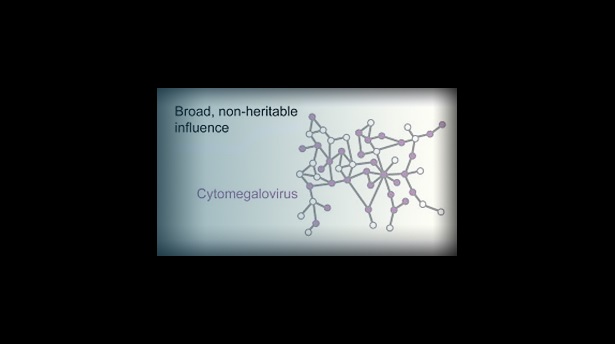Pew Scholar Sheds Light on 'Environmental Immunity'
 iStock
iStockMark Davis, a 1985 Pew biomedical scholar and Howard Hughes Medical Institute investigator at Stanford University, has illuminated how environment can play a greater role than genetics in the way people respond to diseases. In a study of twins published in Cell, Davis and his colleagues demonstrated that exposure to germs over time influences immune system function.
“Experience counts more and more as you get older,” Davis told the Associated Press.
The researchers looked at 78 pairs of identical twins and 27 pairs of fraternal twins. Blood samples revealed that three-quarters of the differences in immunity within twin pairs—such as variation in their responses to flu vaccine—could be attributed to such environmental factors as past vaccinations, infections, diet, and dental hygiene. The differences were more pronounced in older twin pairs, who had probably had greater and more distinct environmental exposures.
“Nonheritable influences, particularly microbes, seem to play a huge role in driving immune variation,” Davis said in a Stanford news release. “At least for the first 20 or so years of your life, when your immune system is maturing, this amazing system appears able to adapt to wildly different environmental conditions.”
This work could point the way to disease prevention tactics for people with heritable autoimmune diseases such as rheumatoid arthritis.
Learn more about Pew’s biomedical programs.


America’s Overdose Crisis
Sign up for our five-email course explaining the overdose crisis in America, the state of treatment access, and ways to improve care
Sign up
Cell: Variation in the Human Immune System Is Largely Driven by Non-Heritable Influences
To assess the relative contribution of heritable versus non-heritable factors, we have performed a systems-level analysis of 210 healthy twins between 8 and 82 years of age.
Learn more








